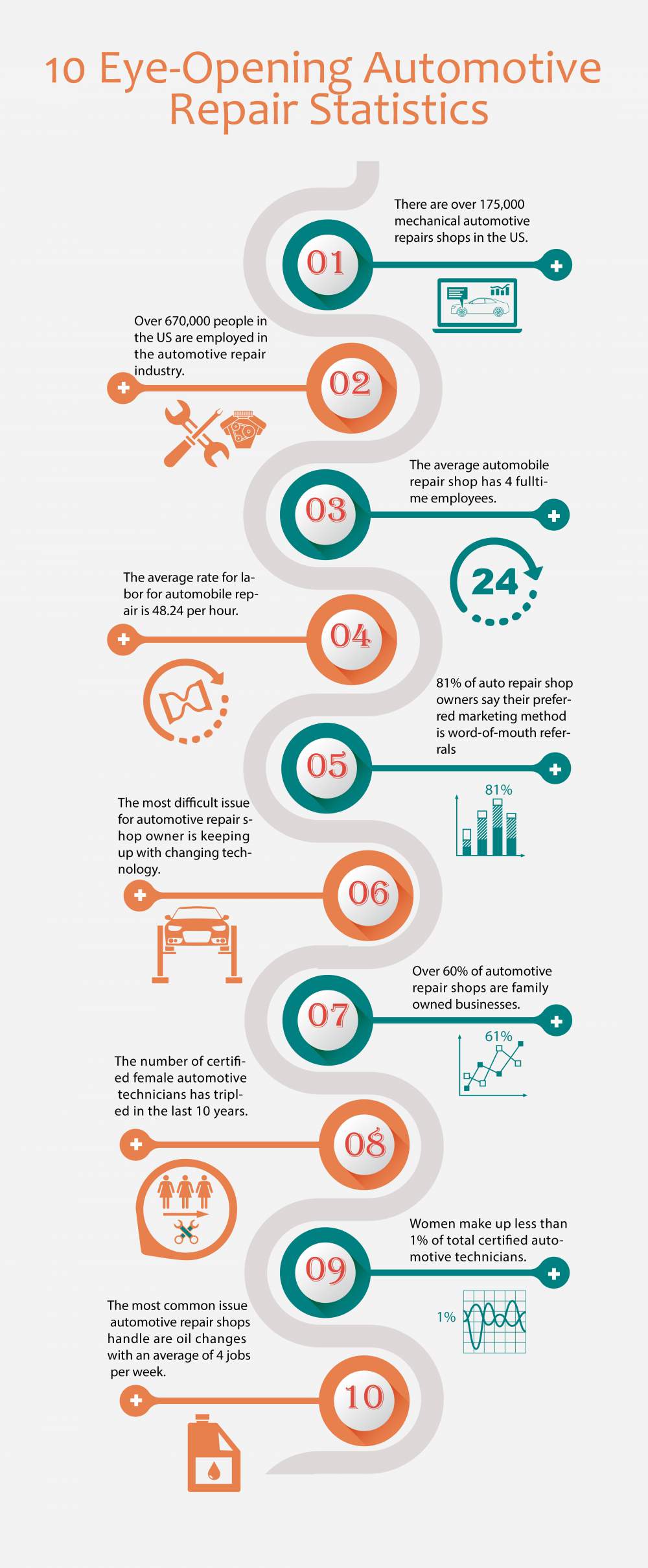Seeking Clearness On The Caution Lights Presented On Your Car'S Dashboard? Discover How They Connect To Your Car'S Health And Safety
Seeking Clearness On The Caution Lights Presented On Your Car'S Dashboard? Discover How They Connect To Your Car'S Health And Safety
Blog Article
Posted By-Sykes Dalgaard
When you're behind the wheel, those glowing warning lights on your control panel can be a little bit puzzling. Do you recognize what they're trying to inform you concerning your automobile's health and wellness? Recognizing the relevance of these lights is vital for your security and the longevity of your lorry. So, the next time among those lights turns up, wouldn't you wish to analyze its message properly and take the necessary actions to address it?
Common Warning Lighting and Interpretations
Identify typical warning lights in your automobile and recognize their definitions to ensure safe driving.
One of the most regular caution lights include the check engine light, which indicates concerns with the engine or discharges system. If Drive Through Oil Change Near Me begins, it's essential to have your lorry checked promptly.
The oil stress warning light suggests low oil pressure, calling for instant attention to prevent engine damages.
A blinking battery light may suggest a faulty charging system, possibly leaving you stranded otherwise dealt with.
The tire stress surveillance system (TPMS) light signals you to low tire pressure, impacting car stability and fuel performance. Disregarding this can lead to risky driving conditions.
The abdominal muscle light indicates an issue with the anti-lock braking system, jeopardizing your capability to quit quickly in emergencies.
Last but not least, the coolant temperature level advising light warns of engine overheating, which can cause severe damages if not solved promptly.
Understanding these usual caution lights will aid you attend to issues immediately and preserve secure driving conditions.
Value of Prompt Interest
Recognizing the typical warning lights in your cars and truck is only the first step; the significance of promptly attending to these warnings can not be highlighted enough to guarantee your security on the road.
When a warning light brightens on your dashboard, it's your automobile's method of communicating a potential concern that needs attention. Neglecting these warnings can bring about more serious troubles later on, endangering your safety and possibly costing you more out of commission.
Trigger focus to alerting lights can stop malfunctions and mishaps. For instance, a blinking check engine light might suggest a misfire that, if left ignored, could create damage to the catalytic converter. Resolving this without delay can conserve you from a pricey repair work.
Similarly, https://postheaven.net/errol80gregory/examining-diy-and-expert-automobile-outlining-what-you-have-to-know cautioning light may indicate reduced brake fluid or worn brake pads, essential elements for your safety and security when driving.
DIY Troubleshooting Tips
If you discover a warning light on your control panel, there are a few do it yourself troubleshooting pointers you can try prior to seeking professional help.
The primary step is to consult your cars and truck's guidebook to comprehend what the certain caution light shows. Occasionally the concern can be as simple as a loosened gas cap activating the check engine light. Tightening up the gas cap may resolve the issue.
An additional typical issue is a reduced battery, which can trigger various advising lights. Checking the battery links for rust and guaranteeing they're safe and secure may repair the trouble.
If a warning light continues, you can attempt resetting it by separating the auto's battery for a couple of mins and after that reconnecting it. Additionally, checking your automobile's liquid levels, such as oil, coolant, and brake liquid, can aid troubleshoot warning lights connected to these systems.
Final thought
To conclude, recognizing your cars and truck's warning lights is important for keeping your car running smoothly and safely. By without delay dealing with these alerts and knowing what they mean, you can stay clear of costly fixings and potential failures.
Bear in mind to consult your cars and truck's guidebook for certain information on each warning light and do something about it accordingly to make sure a hassle-free driving experience.
Remain informed, remain secure on the road!
